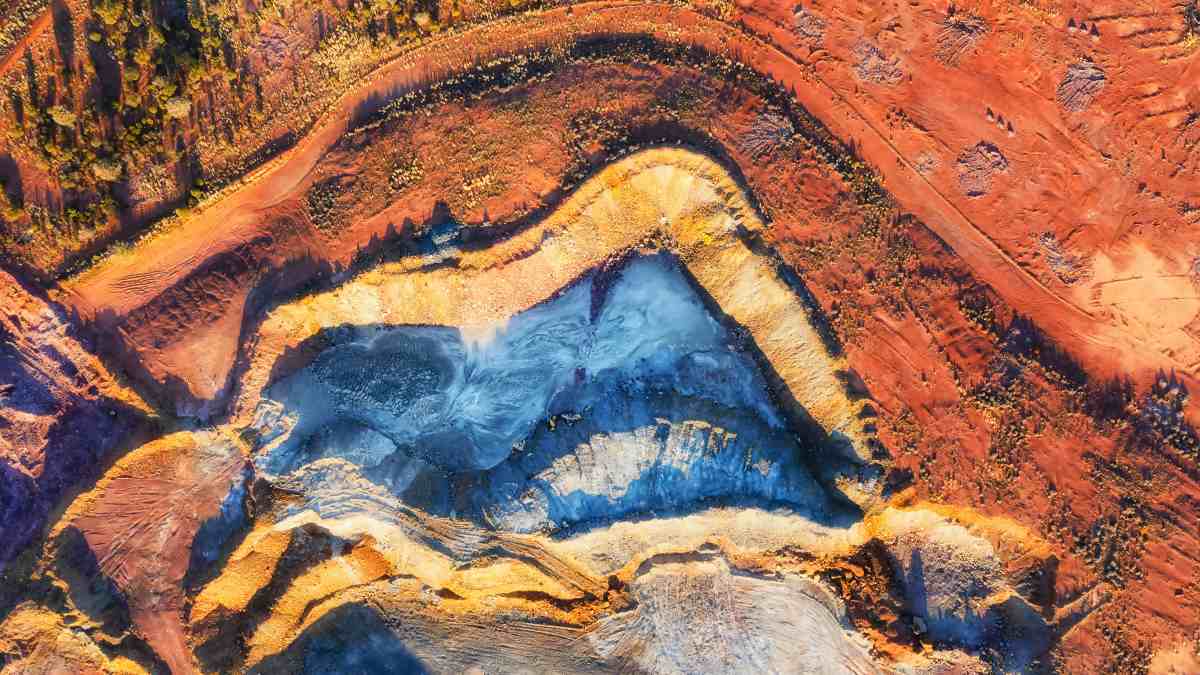A team of French and Swiss archaeologists has unearthed a remarkable Egyptian tomb dating back over 4,100 years. The burial site belonged to Tetinebefou, a royal physician whose wide-ranging medical expertise is captured through detailed hieroglyphic inscriptions. This discovery offers an extraordinary glimpse into the life of a healer who served at the court of Pepi II, one of Egypt’s longest-reigning pharaohs.
“This incredible find adds to Saqqara’s rich legacy as one of Egypt’s most significant archaeological sites,” writes the Ministry of Tourism and Antiquities. “The tomb is adorned with stunning carvings and vibrant artwork, including a beautifully painted false door and scenes of funerary offerings.”
A Glimpse into Ancient Medical Mastery
The discovery of Tetinebefou’s tomb offers a fascinating window into the world of ancient Egyptian medicine. This 4,100-year-old burial chamber, adorned with intricate carvings and vibrant artwork, reflects the high status of a physician whose expertise spanned multiple fields. As a royal doctor under Pharaoh Pepi II, Tetinebefou held rare and prestigious titles, marking him as one of the most versatile healers of his time.


Key Details of the Discovery
| Aspect | Details |
|---|---|
| Location | Saqqara, necropolis of ancient Memphis |
| Dating | Over 4,100 years ago, likely during the reign of Pharaoh Pepi II |
| Occupant | Tetinebefou, a royal physician |
| Titles | Chief palace physician, director of medicinal plants, chief dentist, and conjurer of Serket |
| Findings | Painted false door, funerary offerings, stone sarcophagus, vibrant carvings |
| Archaeological Team | Franco-Swiss researchers |
A Master of Ancient Medicine
Tetinebefou’s titles reveal an individual of exceptional versatility and skill. As chief dentist and director of medicinal plants, he was responsible for some of the most specialized areas of healthcare. The inclusion of “conjurer of the goddess Serket” further indicates his expertise in treating venomous bites—a skill of critical importance in ancient Egypt, where scorpions and snakes were common threats.
According to Philippe Collombert, an Egyptologist from the University of Geneva who led the excavation, Tetinebefou was “certainly the main physician at the royal court, so he would have treated the pharaoh himself.”
The tomb walls are decorated with depictions of jars and vases, items that may have been part of his medical practice. Despite extensive looting over the centuries, the vibrant carvings and inscriptions stand as a testament to the doctor’s high status and the importance of his work.


Rare Titles and an Exceptional Career
One of the most intriguing aspects of the discovery is Tetinebefou’s rare titles. The designation of “director of medicinal plants” has only been documented once before, suggesting a deep knowledge of pharmacology and botany. Similarly, “chief dentist” is a title scarcely found in ancient records.
“Evidence for ancient Egyptian ‘dentists’ is exceedingly scarce,” says Roger Forshaw, an Egyptologist at the University of Manchester who was not involved in the excavation. This rarity underscores Tetinebefou’s exceptional status, as well as the Egyptians’ early recognition of the importance of dental health.
Herodotus, the fifth-century BCE Greek historian, noted that Egyptian doctors often specialized in specific areas of medicine. This structured approach to healthcare allowed for remarkable advances in fields ranging from ophthalmology to internal medicine.
Saqqara: A Treasure Trove of History
The Saqqara necropolis continues to amaze archaeologists with its wealth of discoveries. Known as the burial site of kings, priests, and high-ranking officials, it reflects the grandeur and complexity of ancient Egyptian society. The painted false door in Tetinebefou’s tomb is particularly noteworthy, symbolizing a portal between the world of the living and the afterlife.
“This incredible find adds to Saqqara’s rich legacy as one of Egypt’s most significant archaeological sites,” the Ministry of Tourism and Antiquities remarked. The tomb’s artistry and inscriptions contribute to our understanding of how the Egyptians honored their dead and celebrated their achievements.
Highlights of Ancient Egyptian Medicine
The discovery of Tetinebefou’s tomb shines a spotlight on the advanced medical practices of ancient Egypt. Physicians of the time were well-versed in human anatomy and treated a range of ailments, from head injuries to infectious diseases. They even performed surgeries and constructed prosthetics.
Thousands of years ago, Egyptian doctors were diagnosing conditions like diabetes, treating brain cancer, and developing remedies from medicinal plants. Their knowledge was unparalleled in the ancient world, earning them great respect and high status in society.
Key features of Egyptian medicine included:
- Specialization: Doctors focused on specific areas such as the eyes, teeth, or internal organs.
- Anatomical Knowledge: Detailed observations from embalming practices informed their understanding of the human body.
- Herbal Remedies: Medicinal plants were used to treat a variety of ailments.
- Surgical Tools: Precision instruments made of copper and bronze were used for surgical procedures.
The Legacy of Tetinebefou
The tomb of Tetinebefou is more than just a burial site—it is a testament to the sophistication and expertise of ancient Egyptian medicine. From the detailed carvings of his tomb to the rare inscriptions describing his titles, this discovery offers valuable insights into the life of a healer who served at the highest levels of society.
As Philippe Collombert explains, “He was certainly the main physician at the royal court, so he would have treated the pharaoh himself.” His achievements, now immortalized in Saqqara, underscore the vital role of medical professionals in the thriving society of ancient Egypt.
Through ongoing excavations at Saqqara, archaeologists continue to uncover stories that illuminate the ingenuity and brilliance of one of history’s most iconic civilizations.
Got a reaction? Share your thoughts in the comments
Enjoyed this article? Subscribe to our free newsletter for engaging stories, exclusive content, and the latest news.









Leave a Comment